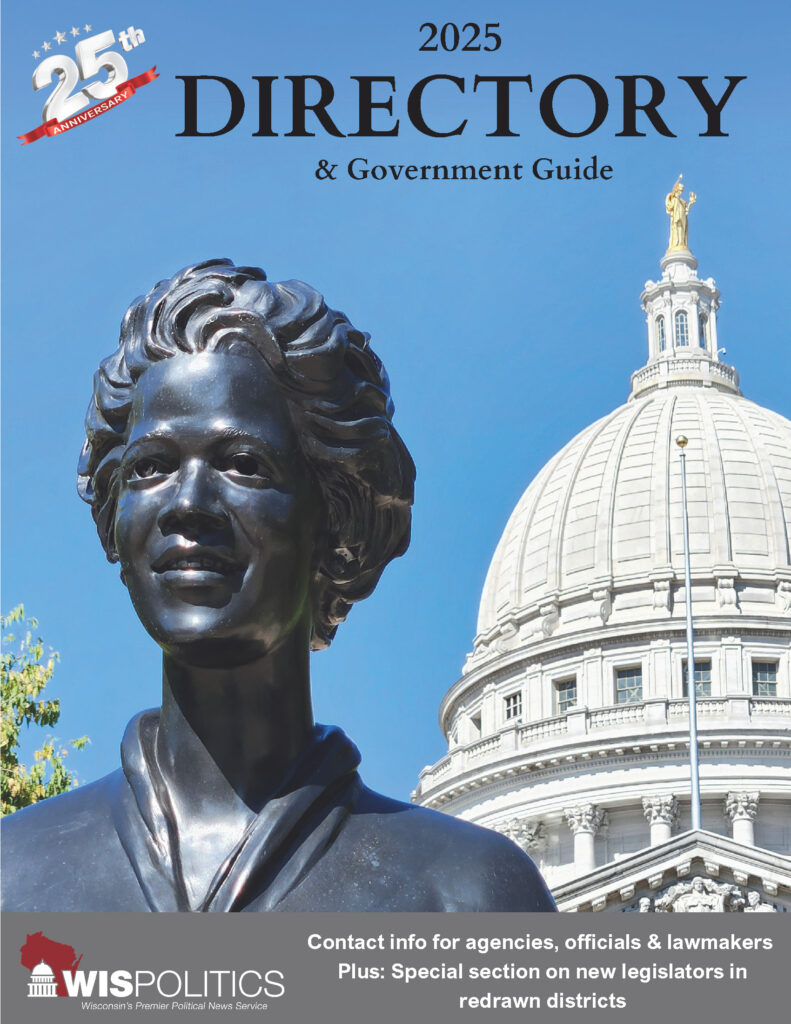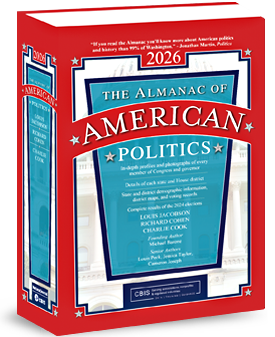Adapted from Conclusion to DisElderly Conduct: The Flawed Business of Assisted Living and Hospice (New Village Press, 2025) In the spring of 2007, more than six years before I became a daily visitor to assisted living facilities, two colleagues, whom I’d known since our days as graduate students in the UW-Madison School of Business, asked me to assist in researching, writing, and editing a white p...
Please log in to access subscriber content.
If you don't have a subscription, please contact schmies@wispolitics.com for subscription options on the WisPolitics-State Affairs platform, which is the new home for WisPolitics subscriber products.


